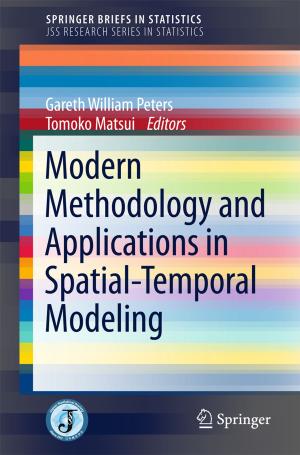Suzaku Studies of White Dwarf Stars and the Galactic X-ray Background Emission
Nonfiction, Science & Nature, Science, Other Sciences, Weights & Measures, Physics, Astronomy| Author: | Takayuki Yuasa | ISBN: | 9784431542193 |
| Publisher: | Springer Japan | Publication: | January 16, 2013 |
| Imprint: | Springer | Language: | English |
| Author: | Takayuki Yuasa |
| ISBN: | 9784431542193 |
| Publisher: | Springer Japan |
| Publication: | January 16, 2013 |
| Imprint: | Springer |
| Language: | English |
This thesis presents a study of the origin of an apparently extended X-ray emission associated with the Galactic ridge. The study was carried out with broadband spectra obtained from mapping observations in the Galactic bulge region conducted in 2005–2010 by the Suzaku space X-ray observatory. The spectra were analyzed with a newly constructed X-ray spectral model of an accreting white dwarf binary that is one of the proposed candidate stars for the origin of the Galactic ridge emission in the higher energy band. Fitting of the observed Galactic ridge spectra with the model showed that there is another spectral component that fills the gap between the observed X-ray flux and the component expected from the accreting white dwarf spectral model in the lower energy band. This additional soft spectral component was nicely explained by an X-ray spectral model of normal stars. The result, together with previously reported high-resolution imaging results, strongly supports the idea that the Galactic ridge X-ray emission is an assembly of dim, discrete X-ray point sources.
This thesis presents a study of the origin of an apparently extended X-ray emission associated with the Galactic ridge. The study was carried out with broadband spectra obtained from mapping observations in the Galactic bulge region conducted in 2005–2010 by the Suzaku space X-ray observatory. The spectra were analyzed with a newly constructed X-ray spectral model of an accreting white dwarf binary that is one of the proposed candidate stars for the origin of the Galactic ridge emission in the higher energy band. Fitting of the observed Galactic ridge spectra with the model showed that there is another spectral component that fills the gap between the observed X-ray flux and the component expected from the accreting white dwarf spectral model in the lower energy band. This additional soft spectral component was nicely explained by an X-ray spectral model of normal stars. The result, together with previously reported high-resolution imaging results, strongly supports the idea that the Galactic ridge X-ray emission is an assembly of dim, discrete X-ray point sources.















